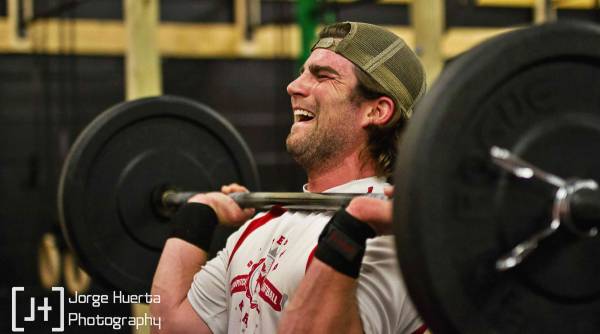Let’s talk about getting back to normal life after an injury. As a physical therapist, I see many individuals who have sustained an injury or deal with pain. Helping these people rehabilitate their injuries with proper hands-on therapy, self-care, and training is pretty much the greatest job I could ask for.
But I also see a large number of people who think they can manage their injuries by themselves and get back to their normal functioning without help. Unfortunately, this often does not work out in their favor. More often, it leads to longer-than-necessary pain and discomfort.
These are the three common do-it-yourself approaches I see that prolong the healing process.
Correctly rehabilitating an injury requires a balance between too much load and not enough. Can you tell the difference?
“I’ll Just Rest It”
Many people believe rest is the best medicine. This manifests in a few different ways. Some people avoid exertion altogether, while others keep moving and training, but avoid anything that might aggravate the injury.
Now, this is good, to some extent. You do want to protect the injury and avoid making it worse. For example, if you have a shoulder injury, weighted overhead pressing is not the smartest idea. But simply avoiding the exercises that hurt does little to actually rehabilitate the injury.
“Rest is best” is a false and outdated belief.
What you actually need when you’re injured is movement, exercise, and training. Of course, what your training and exercises look like will change, depending on your injury. You will have to avoid certain exercises to prevent further injury and will likely need to modify others. That’s okay.
Exercise is key to rehabilitating injured tissues. Tissues need to be optimally loaded during the recovery process in order to get stronger and be ready to withstand the loads that you will impose on them in the future. This means there is such a thing as too little load (which people in this category are guilty of), but there is also too much load. This is where a qualified physical therapist can help to push you when you need to be pushed.
If you simply rest your injury, you will not have any of this loading. As a consequence, the tissues will get smaller and lose strength. Not only does this mean when you try to return to regular activities you will likely still have pain, it also means that you are putting yourself at a greater risk of re-injury in the future.
“I Can Push Through the Pain”
This type of person doesn’t want to slow down or change anything in their day-to-day life, nor do they want to change their training program. These people essentially ignore their injury and figure “no pain, no gain.”
People who take this approach to rehab usually hurt themselves in such a way that their daily activities will have to drastically change. Instead of just a sore shoulder, they end up with a muscle tear that requires surgery. Instead of just a discomfort in the foot or shin, they now have multiple stress fractures. What started as slight knee pain has been joined by pain in the foot/ankle/hip/back.
Pushing through pain is never a good idea.
This is an old mentality that I wish would die. You know what happens when you push through the pain? As you can imagine, you put a lot of stress on already injured tissues. But more importantly, you change the way your body moves, even if you have no idea it is happening. You alter your motor programming and reinforce poor, dysfunctional movement patterns. Even if the injury/pain heals, you will continue to move dysfunctionally. Do you know what that means? That means you are going to injure something else. Maybe several somethings.
Do you see where I am going with this? Drop the no pain, no gain mentality. Pain is telling you something. Listen to it.

The discomfort of a hard effort is one thing. Pain is another, and shouldn’t be ignored.
“I Know What To Do”
I can appreciate these people. They’ve been injured in the past and sought professional advice. They research their injury and find articles and YouTube clips. These people may ice, heat, tape, or wrap their injury. They may foam roll and stretch. They may even do some specific exercises. And some of this will likely make a difference, which is great.
The problem comes when they reach a plateau and the injury doesn’t seem to be getting any better. So they double their efforts and they roll longer and stretch more every day. But that doesn’t seem to be making a difference, and if it does it seems to only last a short time.
If you’re going it alone and haven’t been able to return to pre-injury status, you’ve probably missed something.
Maybe you’ve been working on mobility when you really should have been working on stability, or vice versa. At this point, you need to work with a professional who can determine the underlying cause of your pain or injury.
Get Help to Get Better, Faster
If you recognized yourself in any of these examples, I hope you realize that though you can do a lot yourself, you might need help. A coach can help push you when you need a push and can slow you down when you need to be told to.
Before your try to rehabilitate your injury, you need to understand what caused it. Then you can work to correct not only the injury, but the underlying cause. And that means you can stay injury-free in the future.
More Ways to Speed Up Your Comeback:
- The Mental Side of Injury: How to Adapt and Overcome
- 3 Steps to Assessing Pain: Are You Hurt or Are You Injured?
- A More Effective Way to Rehab Your Ankle Pain
- New on Breaking Muscle Today
Photo 1 courtesy of Shutterstock.
Photo 2 courtesy of Jorge Huerta Photography.






